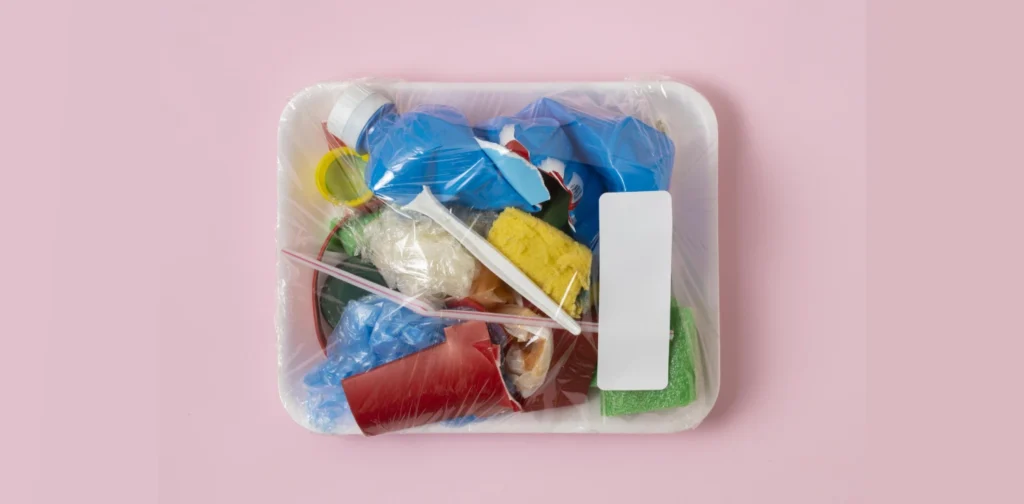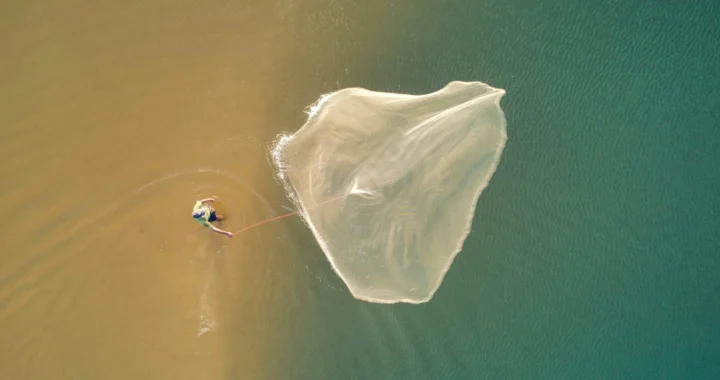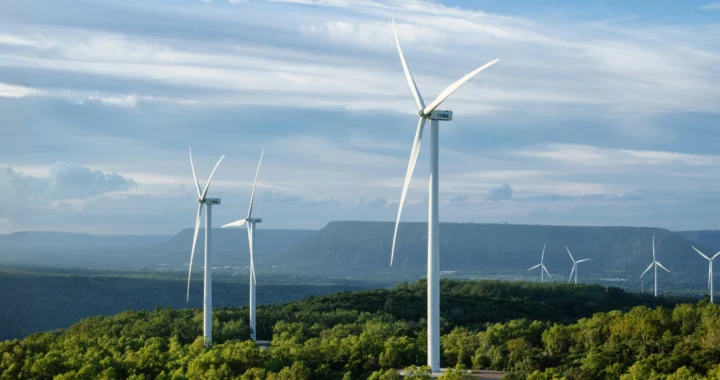Southeast Asians as the Biggest Microplastic Eaters

Photo: Freepik.
More and more people are becoming aware about how microplastics contaminate our environment. However, the threat is closer than we think. From the food we eat to the air we breathe, Earth’s populations are ingesting microplastic, with Southeast Asians being the biggest microplastic eaters.
Microplastic Around and Inside Us
Microplastic basically refers to all plastic particles smaller than 5 millimeters in size. Microplastic production is tied with industrial activities, especially in major developing and industrialized countries. For instance, the plastic packaging of consumer goods amounts to a huge amount of waste. When the plastic waste enters landfills without proper management, it will degrade improperly and turn into microplastics that contaminate our soil and water.
One way microplastic can enter our body is through seafood. Tiny organisms in water, like planktons, consume microplastic and are later eaten by fish and other ocean biodiversity. Then, humans become microplastic eaters when we eat contaminated seafood. Another way is through the air. Air-transmitted microplastic primarily comes from shredded plastic materials. In our daily life, tires and cutting boards are some examples.
Most studies about the harm of microplastic to the human body are still unclear. But, the potential impact to our health is found in infants and on mice. Research shows that microplastics in the body may cause intestinal injury, liver infection, microbial imbalance, fat accumulation, and eventually, metabolic disorders.
Microplastic Eaters
Unfortunately, we are becoming bigger and bigger microplastic eaters. A study in 109 countries showed an uptake in microplastic ingested by humans between 1990–2018, with developing countries bearing the brunt. According to the study, microplastic intakes within 95% of industrialized developing countries were much higher than in developed countries in Europe and North America.
The research revealed Southeast Asians as the biggest microplastic eaters in the world. Seven out of the top ten countries were in the region: Malaysia, Indonesia, the Philippines, Vietnam, Lao PDR, Thailand, and Cambodia.
On average, a human ingested microplastic the size of half of a credit card per month. Concerningly, Southeast Asians ingested up to three times the average number, with Malaysia and Indonesia at the peak. Meanwhile, the other five had slightly lower numbers, around two credit card sized microplastic intake per month.
Cleaning Up
The environmental and health impacts of microplastics are serious, and they get more severe as time goes. Therefore, clean-up is crucial. Scaling up the efforts to remove plastic debris from our oceans, which can decrease 55% of microplastic contamination, is an important action. Meanwhile, businesses can replace single-use plastic material with biobased degradable alternatives materials in food and beverages packaging.
Additionally, as Southeast Asia remains the ‘garbage dump’ for several developed countries, the issue of waste is more than a national or regional problem alone. National and international bodies must provide robust governance and interventions through improved policies surrounding food quality control, ocean conservation, and industrial waste management. After all, our environment, people, and countries must coexist on the same Earth.

Join Green Network Asia Membership
If you find this content useful, support Green Network Asia’s movement to create positive impact for people and the planet through public education and multi-stakeholder advocacy on sustainability-related issues and sustainable development. Get exclusive benefits for your personal and professional development.
Become a Member Now

 Building Heat Resilience Amidst Rising Risk in the Asia-Pacific
Building Heat Resilience Amidst Rising Risk in the Asia-Pacific  Sounds Right and Recognizing Nature as an Artist for Biodiversity Conservation
Sounds Right and Recognizing Nature as an Artist for Biodiversity Conservation  Statewide Treaty Bill: Australia’s First Treaty with the Indigenous Australians Passed in Victoria
Statewide Treaty Bill: Australia’s First Treaty with the Indigenous Australians Passed in Victoria  Involving Coastal Communities in Tackling Ghost Nets Pollution
Involving Coastal Communities in Tackling Ghost Nets Pollution  An Interview with Jasmin Lim, Chief Marketing Officer at BH Global
An Interview with Jasmin Lim, Chief Marketing Officer at BH Global  The Monsoon Wind Power Project Supports Energy Transition Across Borders in Southeast Asia
The Monsoon Wind Power Project Supports Energy Transition Across Borders in Southeast Asia